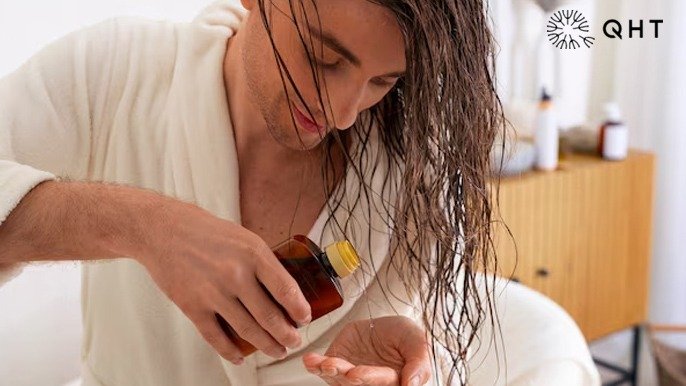So you’ve had your hair transplant. Feels good, right? A little relief. A little excitement. But now comes the part most people don’t think about—the care afterward. What you put on your scalp in these first few months will either protect those new roots or put them at risk. Simple truth.
Think about it. You’ve already invested time, money, and maybe traveled for the best hair transplant in Bangalore or compared the Hair Transplant Cost in Hyderabad. Why waste all that by using the wrong shampoo or oil? Post-transplant care isn’t complicated, but it is specific.
Why shampoo and oil matter more than you think
Newly transplanted follicles are like tiny seedlings. If you water them right, they grow strong. If you pour chemicals or irritants on them? They struggle. And struggling means patchy growth, slow healing, maybe even infection.
That’s why surgeons and specialists often stress it again and again: keep it mild, keep it simple. Even if you’re planning PRP Hair Treatment in Hyderabad later, your daily care still makes the biggest difference.
The shampoos you can actually trust
Here’s the catch. Not all “gentle shampoos” are truly gentle. Some that claim to be herbal or organic still sneak in sulfates. Those strips remove natural oils and irritate the scalp. What you need is genuinely mild cleansing. A few solid options:
- Baby shampoos (Johnson’s, Sebamed, Himalaya) – soft, no sting.
- Ketoconazole-based shampoos – use only if your doctor advises for dandruff or fungus.
- Biotin shampoos – these support new hair, good after 2–3 months.
- Aloe vera shampoos – cooling, calming, great for sensitive skin.
Quick tip: Always dilute your shampoo in water before applying. Don’t rub. Don’t scratch. Just let the foam sit, then rinse with lukewarm water.
Oils: when and how to bring them back
Don’t rush into oiling. Seriously. Your scalp needs time. Most doctors say to wait 3–4 weeks. By then, the grafts are stable, and oil massage can actually help circulation.
The safest oils?
- Coconut oil – light, soothing, easy to wash off.
- Almond oil – rich in vitamin E, helps reduce inflammation.
- Jojoba oil – closest to natural scalp oil, non-greasy.
- Argan oil – adds shine, good for texture.
Start small. A few drops. Gentle massage. Twice a week is enough. Overdoing it can clog pores, and that’s the last thing you want.
Timeline: your aftercare in simple steps
Here’s a snapshot of how most patients move from water-only to full care:
| Timeframe | What to Do |
| Week 1 | Only rinse with clean water |
| Week 2 | Add diluted baby shampoo |
| Week 3 | If advised, switch to medicated shampoo |
| Week 4+ | Introduce light oils |
| 2–3 Months | Try biotin or aloe vera shampoos |
Looks simple. But consistency is the real deal here.
Pairing care with PRP
Some patients also combine this routine with PRP Hair Treatment in Hyderabad. It’s like giving your scalp a nutrient booster shot. PRP feeds your follicles from the inside, while good shampoos and oils protect them from the outside. Together, the results usually come quicker—and stronger.
Final word
The surgery gives you new roots. But daily care—that’s what makes them stay. The right shampoo and oil might sound like small choices, but they’re actually big ones. Don’t gamble with harsh products. Don’t copy random advice off the internet either.
Whether you compared the Hair Transplant cost in Bangalore or traveled for the best hair transplant in Bangalore, the next step is in your hands. Or better, on your bathroom shelf.
Need expert guidance before you pick your products? The safest move is to consult specialists who do this every day. You can reach out to QHT Hyderabad for personal advice that fits your scalp and your surgery type.
Healthy scalp. Strong growth. Long-lasting results. That’s the real win.


